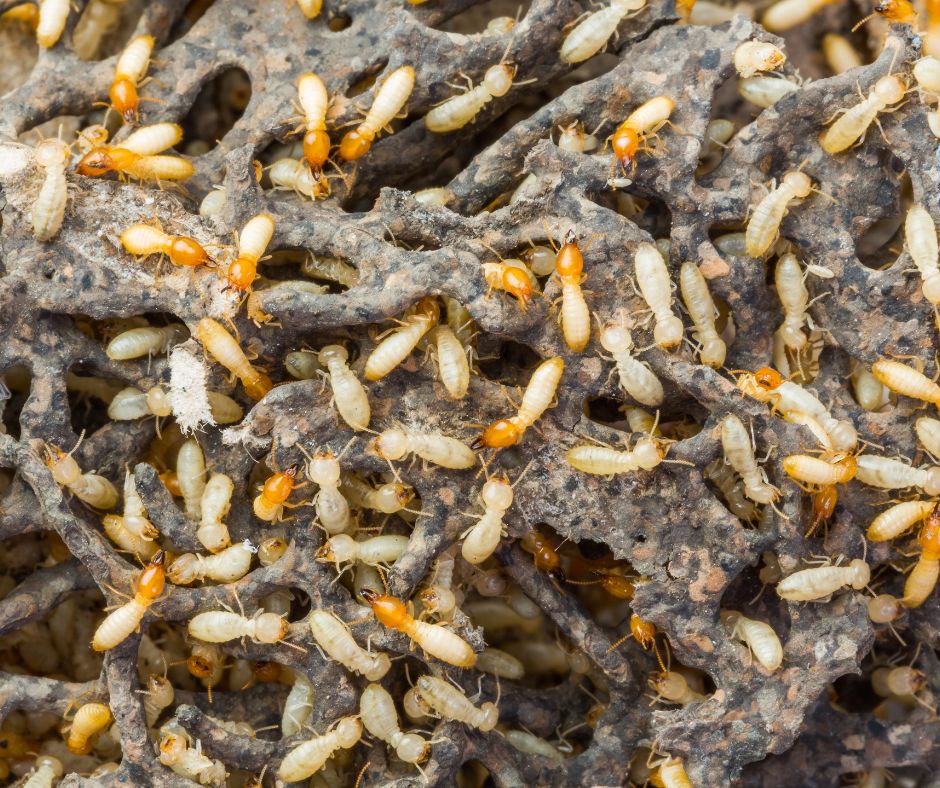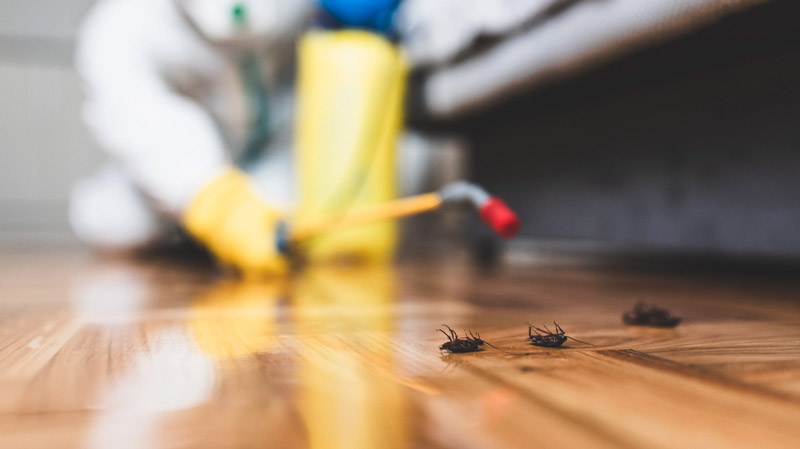Comprehensive Guide to Comprehending Pest Control Techniques and Their Therapy
Comprehending parasite control techniques is essential for effective administration of undesirable microorganisms that pose dangers to health and wellness, farming, and property. What factors should be considered when picking the appropriate pest control approach for a particular circumstance?
Review of Pest Control Approaches
Pest control approaches include a selection of strategies made to manage and eliminate unwanted organisms that can damage human health, agriculture, and residential or commercial property. Reliable pest monitoring is essential for maintaining the stability of environments and guaranteeing the security of food products. These techniques can be generally classified right into 3 primary methods: cultural, mechanical, and biological controls.

Social control involves customizing farming techniques or environmental conditions to decrease bug facility and reproduction. Mechanical control relies on physical barriers or tools to avoid parasite accessibility or straight remove them.
Biological control utilizes all-natural killers, bloodsuckers, or virus to regulate pest populaces. This method stresses environmental equilibrium and can include presenting valuable bugs, such as ladybugs or aggressive nematodes, to handle pest presence.
Integrated parasite management (IPM) integrates these strategies, making use of an alternative method that emphasizes avoidance, tracking, and responsible monitoring. By utilizing a mix of these approaches, bug control can be much more sustainable and efficient, reducing dependence on chemical treatments while protecting human health and wellness and the environment.

Chemical Insect Control Solutions
A variety of chemical insect control remedies are offered, giving efficient alternatives for managing bug populations when various other methods might fail. These remedies mainly consist of insecticides, herbicides, fungicides, and rodenticides, each created to target particular parasites while decreasing harm to non-target organisms.
Pesticides are specifically effective against a variety of insects, consisting of ants, roaches, and termites, and can be classified as get in touch with or systemic agents. Get in touch with pesticides kill pests on get in touch with, while systemic insecticides are absorbed by plants, making them poisonous to bugs that eat them. Herbicides are utilized to control unwanted plants, whereas fungicides are important for taking care of fungal diseases that can harm crops and decorative plants.
Rodenticides, made for rodent control, are offered in numerous solutions, including baits and tracking powders. It is important to follow tag guidelines meticulously to make certain safety and effectiveness. In addition, integrated insect monitoring (IPM) principles ought to be employed, incorporating chemical solutions with social, mechanical, and biological strategies for lasting pest control. This holistic approach not just improves pest management performance however additionally decreases potential environmental effects connected with chemical use.
Organic Parasite Control Methods
Organic parasite control techniques provide an environmentally friendly alternative to chemical methods by using all-natural killers, parasites, or pathogens to manage parasite populations. This strategy leverages the environmental partnerships between microorganisms, promoting a well balanced ecosystem while reducing chemical residue in the setting.
One of the most common organic control approaches entails the introduction of all-natural adversaries. For circumstances, ladybugs are utilized to control aphid populaces, while parasitic wasps can target caterpillars and other pests. These natural killers effectively minimize pest numbers without damaging advantageous insects.
In addition, microbial representatives such as germs, fungi, and infections are made use of to infect and eliminate specific parasites. Bacillus thuringiensis (Bt), a naturally occurring microorganism, is widely used to manage caterpillars and various other larvae, showcasing the performance of microbial parasite control.

Physical and Mechanical Techniques
Frequently used in integrated insect administration techniques, physical and mechanical methods serve as reliable devices for controlling bug Recommended Reading populaces without making use of chemicals. These methods depend on physical obstacles, traps, and other mechanical tools to stop or eliminate insects, making them eco pleasant choices.
Physical approaches consist of using barriers such as insect netting, screens, or row covers that literally block bugs from accessing plants. This is specifically valuable in farming setups where crop protection is necessary. In addition, environment control, such as removing particles and standing water, can decrease pest breeding websites, thus minimizing invasions.
Mechanical methods include catches, which can be developed to record particular bugs. Sticky catches and pheromone catches are common instances that tempt and keep view bugs, assisting in surveillance and control. Vacuuming is another mechanical strategy, effective for eliminating bugs from interior environments, especially in instances of invasions.
Preventative Parasite Monitoring Methods
Effective preventative bug administration methods are essential for maintaining healthy environments and decreasing pest-related problems before they develop (Pest Control in Port Charlotte, FL). These strategies focus on positive procedures that minimize the chance of pest infestations by attending to the origin

Another essential method entails appropriate landscaping practices (Pest Control in Port Charlotte, FL). Keeping greenery cut and away from buildings can minimize harborage areas for pests. Implementing integrated parasite monitoring (IPM) methods that include monitoring bug populaces and employing organic controls can foster a well balanced ecosystem that naturally suppresses pest numbers.
Education and learning and training for staff and homeowners on identifying early signs of insect task are likewise essential elements of an efficient preventative program. By fostering a setting of understanding and vigilance, organizations and house owners can go to this web-site greatly improve their bug monitoring efforts and guard their spaces versus future invasions.
Final Thought
Utilizing an Integrated Bug Administration (IPM) framework enables for the sustainable management of pests while minimizing ecological impact. Ultimately, a detailed understanding of these diverse parasite control strategies is important for accomplishing successful outcomes in bug management efforts.